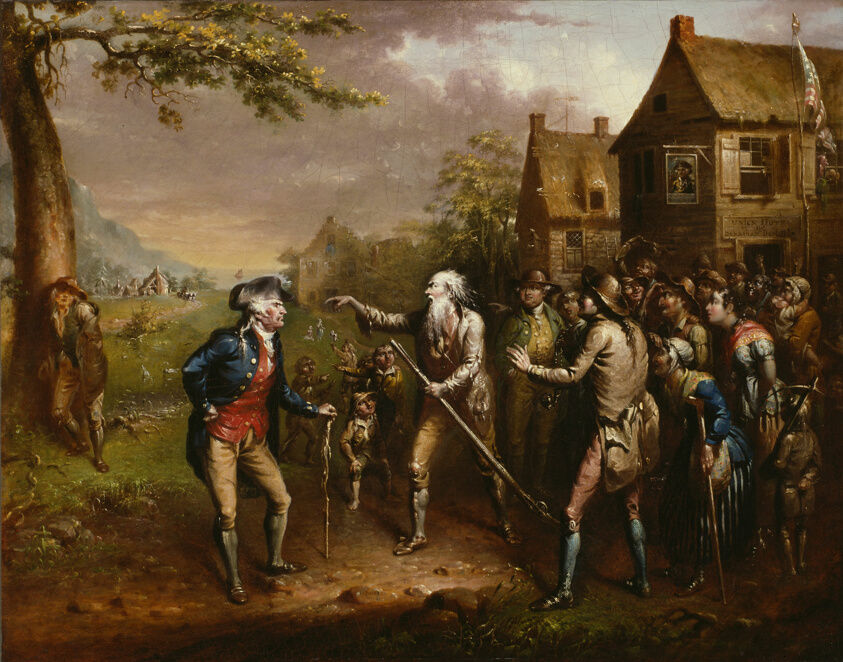The Future of Documentary Filmmaking
- Eduardo Montes-Bradley

- Oct 24
- 2 min read
Where are we today? What does documentary filmmaking look like now? What are the conditions for people creating and watching films in this time of dizzying change?

I believe we are living through a profound transformation—comparable to what printing once meant for writers or radio for musicians. The internet has removed nearly every barrier that once stood between artists and audiences. When I started out, seeing certain films, or accessing archival footage, required travel, patience, and expense. You needed to physically locate a copy, borrow a reel, or negotiate access to a vault. Now, everything—almost everything—is just there. A vast, living archive of humanity at our fingertips.
The barrier to entry is gone. Anyone, anywhere, can make and share a film. This democratization is revolutionary, but it also creates a new challenge: how to be seen and heard in the noise. The responsibility of the artist has expanded. Like composers, filmmakers must now master the entire chain of production—from conception to editing, sound, distribution, and communication. The filmmaker is no longer just a storyteller but also a publisher, marketer, and archivist.
Reflections on the Age of Independence
This new independence can be exhilarating. It means no intermediaries telling you what your film should be, how long it must run, or which stories are “viable.” You can make the work that needs to be made. But independence also means self-discipline, consistency, and the ability to connect directly with an audience—an organic audience, not the captive one of festivals or institutions.
The Future of Documentary Filmmaking
The Future of Documentary Filmmaking is here, and the opportunity is immense. We can speak across borders, build communities of curiosity, and reimagine how memory and truth circulate. But the work demands a routine, a sustainable practice, and a kind of faith—the same faith composers once needed when creating music that might never be performed.
This is a golden age, though not an easy one. Filmmakers must think like anthropologists and engineers at once—curious, methodical, endlessly adaptable. What matters now is not prestige but presence, not gatekeepers but connection.
I recently attended a lecture by Canadian composer Samuel Andreyev on The History of Western Music, where he addressed the very challenges artists face today—the collapse of old hierarchies, the rise of new technologies, and the uncertain future of creative autonomy. His reflections on the evolving role of composers deeply resonated with me, as they mirror the condition of documentary filmmakers. Like composers, we must now assume responsibility for the entire creative and communicative chain: conceive, produce, distribute, and connect. Andreyev’s optimism about the future of art—rooted in independence, authenticity, and curiosity—is one I share. Ours is an age of boundless access and creative freedom. The challenge, and the privilege, is to use it wisely.








Comments